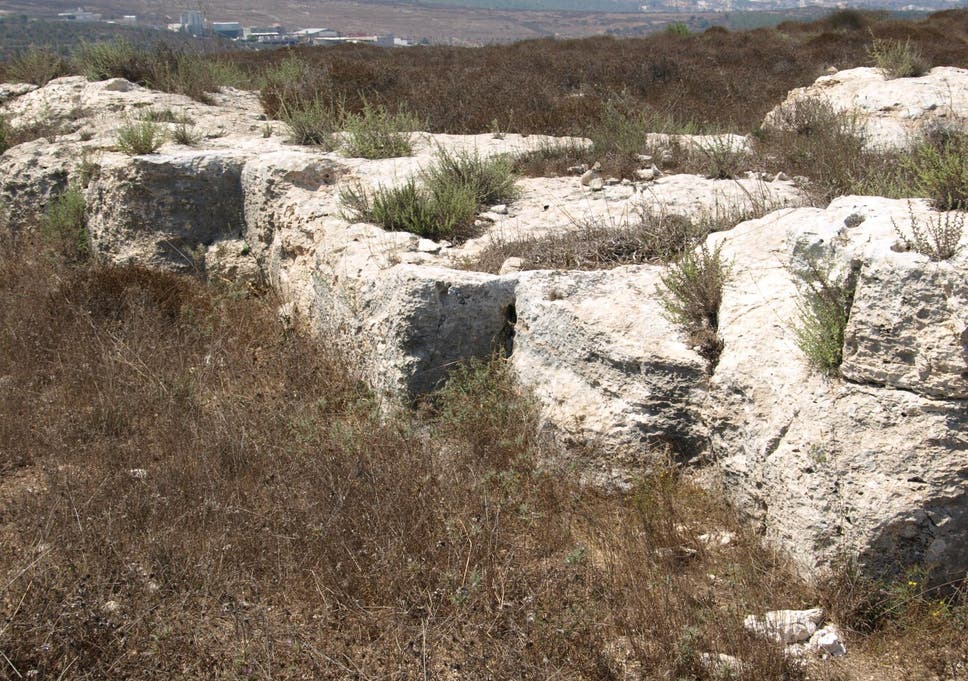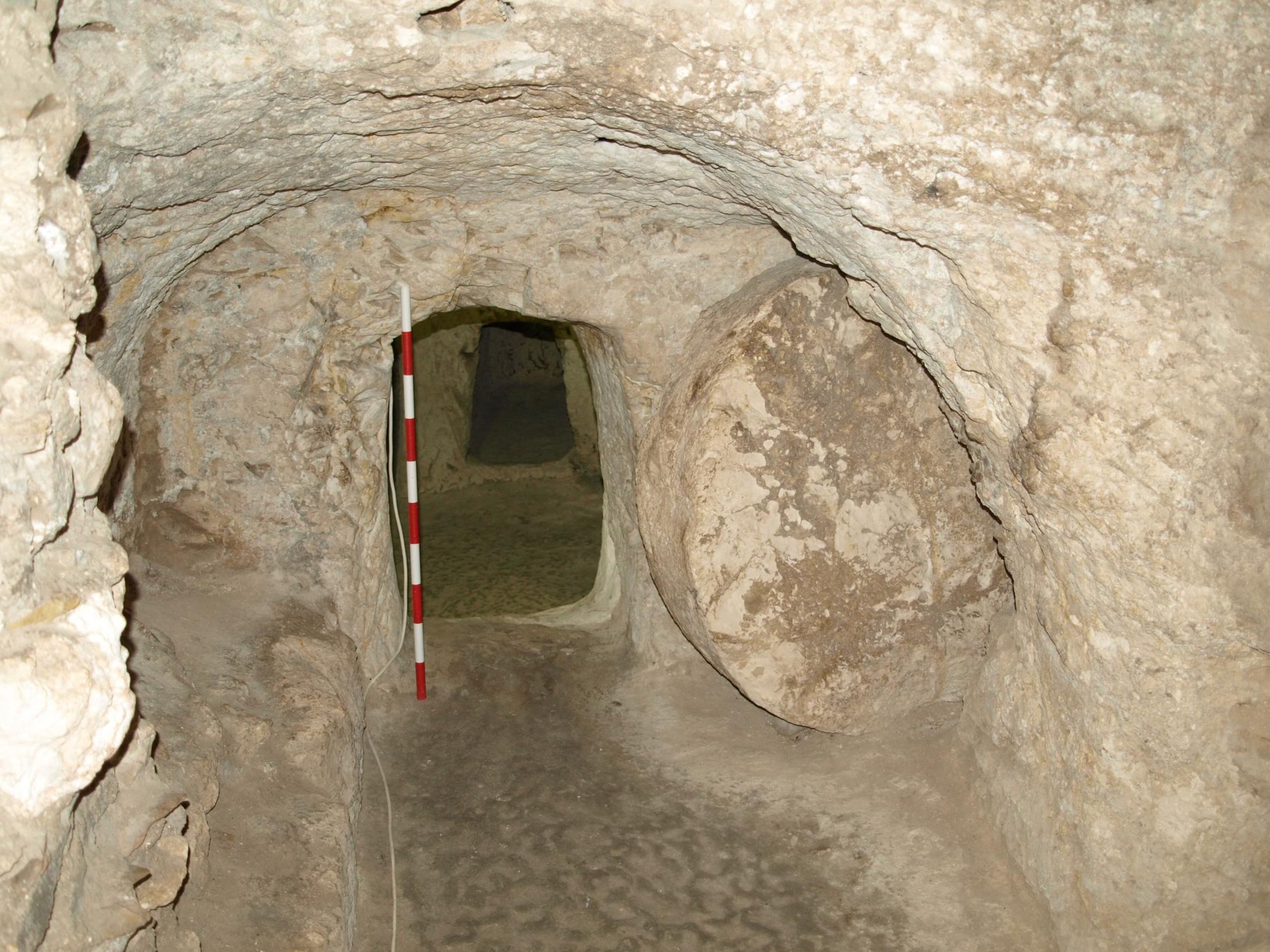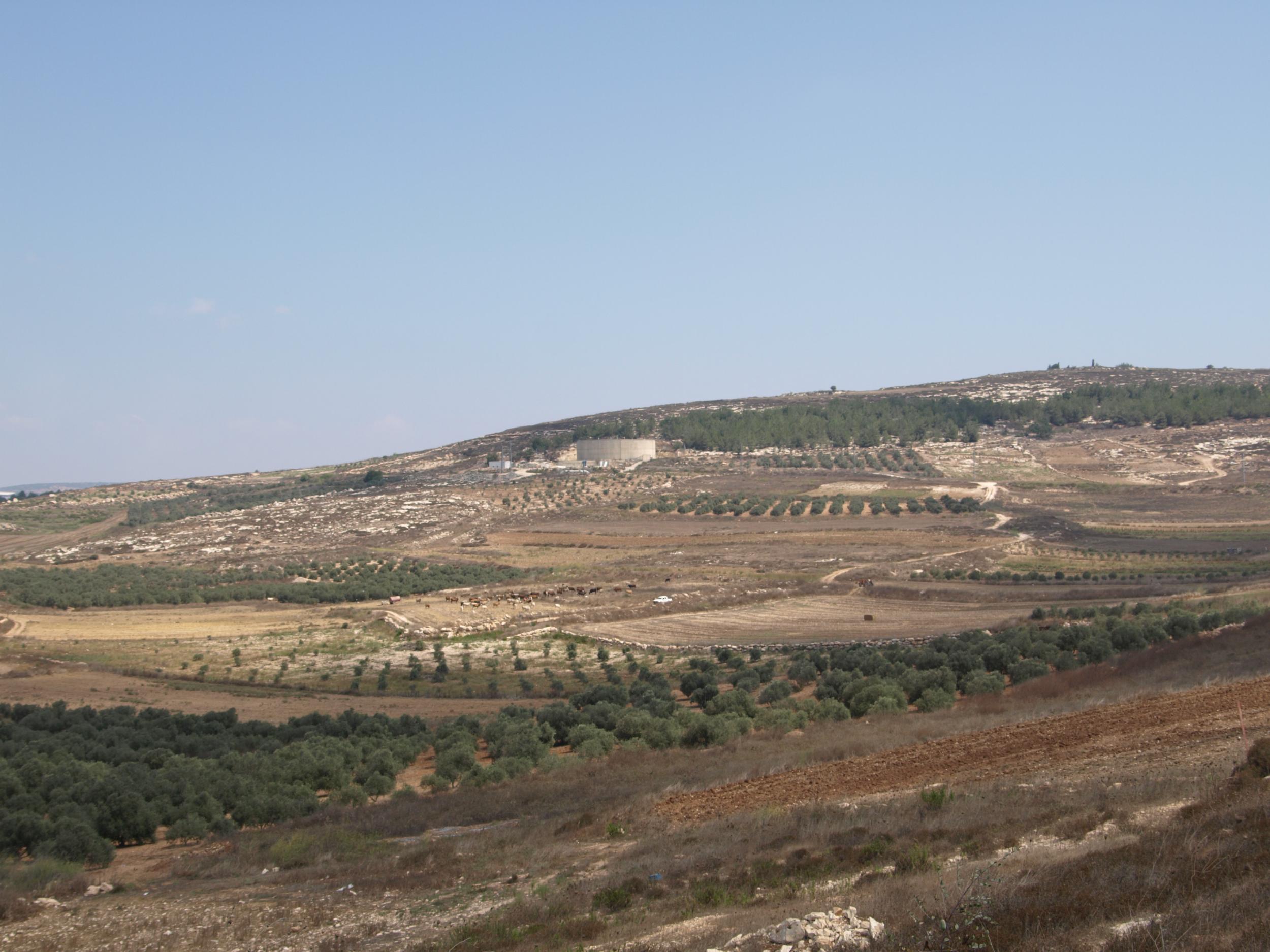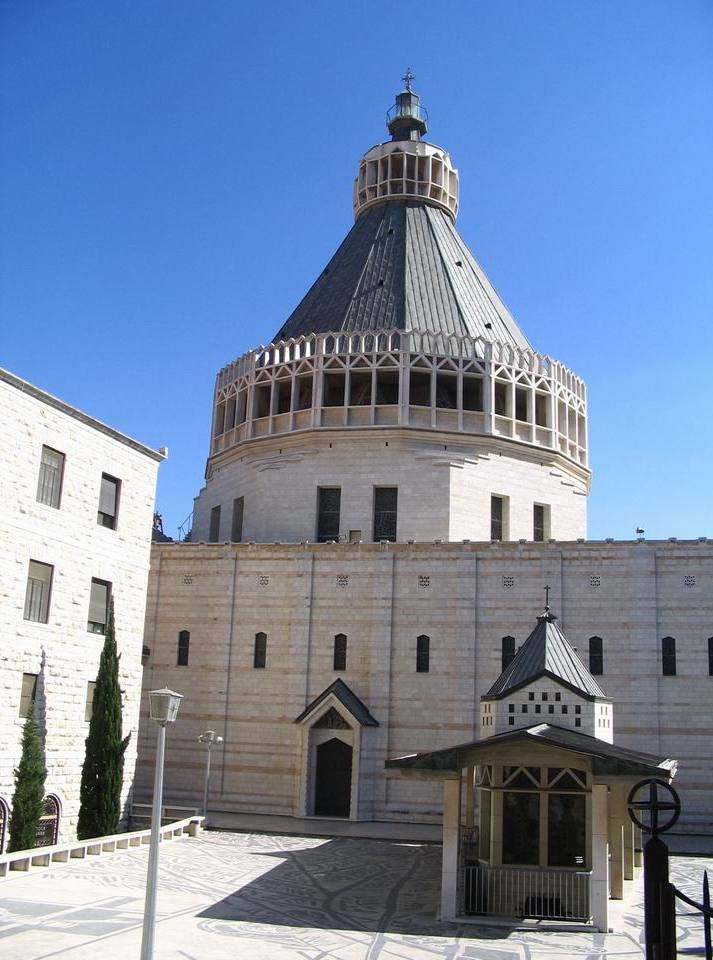Nazareth, once thought to have been a small village, likely to have been a town of around 1,000 people, new evidence suggests

Remarkable new archaeological discoveries in Israel are revealing important details about the religious and political environment in which Jesus is said to have grown up, and which are likely to have influenced his own religious and political outlook.
Detailed new research suggests that Nazareth, which according to Christian tradition is where Jesus grew up, was substantially bigger than previously thought, religiously very conservative and politically very anti-Roman.
The archaeological work, directed by a British archaeologist, Dr Ken Dark of the University of Reading, suggests that there was a very substantial difference between the religious values adhered to by Jews living in Nazareth and those living in a neighbouring town called Sepphoris.
Detailed examination of archaeological finds from Nazareth reveals that they only used ceramic and other artefacts regarded as ritually pure, while in neighbouring Sepphoris such religious rules appear to have been less strictly applied.
Furthermore, archaeological survey work, carried out on agricultural land between the two towns, has revealed that the ancient inhabitants of Nazareth seem to have kept very strictly to what appears to have been a religiously generated prohibition on the use of human excrement to fertilise fields; while their neighbours just four miles away in Sepphoris seem to have had no such ban.

It’s known that the people of Sepphoris, including much of its substantial Jewish population, led lives that were highly influenced by Greek and Roman culture. By contrast, the new evidence suggests very clearly that the people of Nazareth lived purely Jewish lives – and kept to all the major ritual laws.
The area seems to have been actively anti-Roman. In the year 4BC, an anti-Roman revolt is known to have broken out in the area – and rebels attacked the military arsenal and government treasury in the centre of nearby Sepphoris.
Indeed, the archaeological investigation revealed that in Nazareth itself, in the middle of the first century AD, anti-Roman rebels created a sizeable network of underground hiding places and tunnels underneath the town – big enough to shelter at least 100 people.
Religious Jews saw Roman and Greek influence as a serious and direct threat to their faith. Thus pious religiosity and anti-Roman politics often went together.
The new archaeological investigation – the largest ever carried out into Roman period Nazareth – has revealed that Jesus’s hometown is likely to have been considerably bigger than previously thought. It probably had a population of up to 1,000 (rather than just being a small-to-medium sized village of 100-500, as previously thought).
“Our new investigation has transformed archaeological knowledge of Roman Nazareth,” said Dr Dark, who has just published the results of his research in a new book Roman-Period and Byzantine Nazareth and its Hinterland.
“For the first time ever, we are now gaining a reasonable understanding of the sort of place Nazareth was in Roman times.
By examining in detail all the archaeological evidence, gained from recent landscape-survey work and from a detailed re-analysis of previous excavations, we are now beginning to learn about the cultural and economic environment in which Jesus grew up,“ Dr Dark told The Independent.
One of the most significant revelations to have come out of Dr Dark’s investigation is the fact that the farmers of Nazareth seem to have had a prohibition on the use of human manure as a fertiliser, in contrast to the people of Sepphoris and potentially many other areas. Field surveys by the archaeologists have revealed that, about halfway between the two towns, there is an abrupt change in the agricultural strategy.
The discovery is significant because different Jewish groups took very different attitudes to human excrement. Mainstream religious Judaism took the view that such excrement was unpleasant, rather than ritually impure. Their only prohibition on the subject was that people should make sure that human excrement should be at least four cubits (almost 2 metres) away when prayers were being recited.
However, an ultra-religious Jewish sect called the Essenes (and potentially, therefore, other extreme groups) did regard excrement as ritually/spiritually impure and unclean, as well as being merely physically unclean and unpleasant. They took the view that all human excrement must be buried so as not to offend God’s “divine rays of light”.

The fact that the people of Nazareth seem to have had a strict prohibition on the use of human excrement as a crop fertiliser implies therefore that they too regarded it as ritually impure, rather than simply unpleasant.
It therefore suggests that they were, in some ways, either aligned with aspects of Essene thinking or with the thinking of another similarly hard-line religious movement within Judaism of the first century AD.
However, in other aspects of their material culture, the people of Nazareth were totally in line with other, more mainstream forms of pious Judaism.
The archaeologists have found numerous fragments of stone bowls and cups in and around Nazareth: a fact that strongly suggests a high degree of traditional religiosity in the town.
Religious Jews of the first century AD believed that stone vessels were immune to ritual and spiritual impurity in a way that ceramic and wooden vessels were not.
So to keep themselves and their homes ritually clean, they often preferred to use stone vessels.

The belief is stated quite clearly in chapter 10 of the Mishnah, the Roman-period compendium of Jewish tradition and law that was later incorporated into the Talmud. Indeed, the use of stone vessels for ritual washing is also referred to in chapter 2 of St John’s Gospel. Frequent hand-washing – after sleeping, before eating bread, before worship – was, and still is, an extremely important aspect of strict traditional Jewish religious life.
However, religious Jews of Jesus’s time may also have been reluctant to use manufactured goods that may have been rendered ritually impure during their manufacture: for instance, by having been placed near non-kosher food or near to a dead body or by having been handled by a woman during menstruation.
This fear may well be behind the type of ceramics used in Nazareth.
rchaeologists have found thousands of fragments of pottery in and around Nazareth. In contrast to the pottery of Sepphoris, however, it is virtually all of one type: a rough ware, made in a Jewish village called Kefar Hananya, 23 miles to the north of Nazareth.
Interestingly, archaeologists have found that the distribution of stone vessels and Kefar Hananya pottery in first-century Palestine seems to correlate. It’s likely that religious Jews were taking no chances with their domestic utensils, and made sure that their pots came from strictly religious Jewish sources that could be relied upon to keep them ritually pure during manufacture.
The newly emerging picture of Roman-period Nazareth as a place of substantial religiosity does, however, resonate not only with the emergence of its most famous son, Jesus, but also with the fact that, in the mid-first or second century, it was chosen as the official residence of one of the high priests of the by-then-destroyed Temple in Jerusalem, when all 24 of those Jewish religious leaders were driven into exile in Galilee.
Indeed, what are probably priestly tombs have been discovered by archaeologists in and around Nazareth. Remarkably, some of them were even equipped with extremely rare life-size glass versions of the goats’ horn musical instruments – the shofarot, or shofars, that had been used during religious services in the Temple in Jerusalem and which are still blown today during the two most important religious events of the Jewish calendar.
Significantly, after the fall of Jerusalem in AD70, when the Romans destroyed the Jewish Temple there, the shofar came for a period to be seen, and blown, as an expression of mourning for the Temple’s destruction.
The archaeological investigation in Nazareth will help historians to better understand the ways in which Jesus’s hometown may have helped shape his religious outlook. The gospels of St Mark and St Luke suggest that his views were not popular there – and it may be that what seems to have been the ultra-strict nature of Nazareth’s religiosity had actually pushed Jesus towards a perspective that would perhaps have been more acceptable to less strictly religious Jews, such as many of those living in places like neighbouring Sepphoris.




